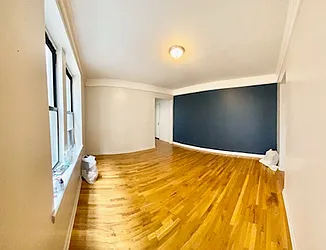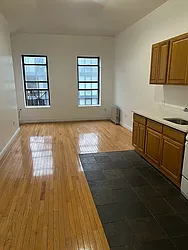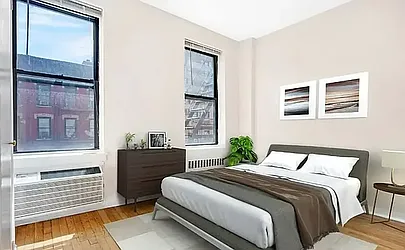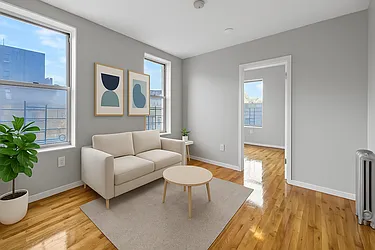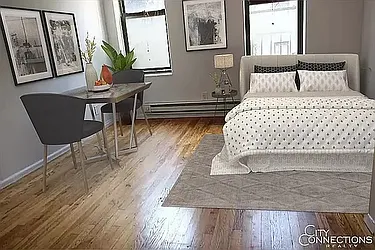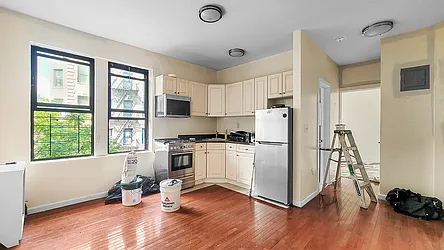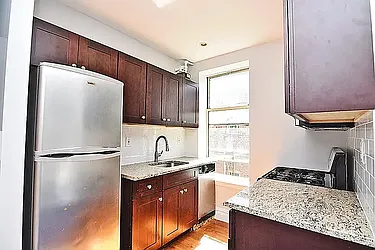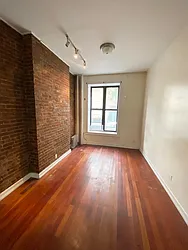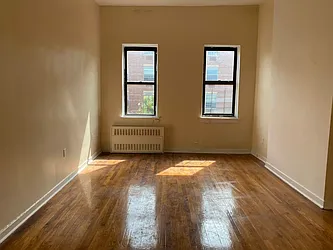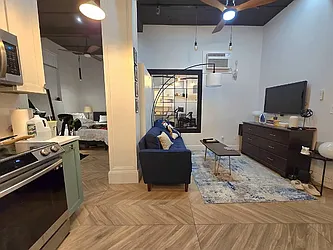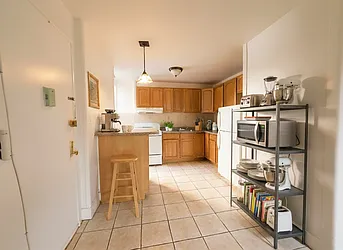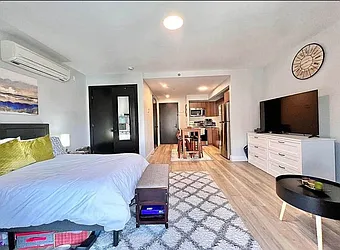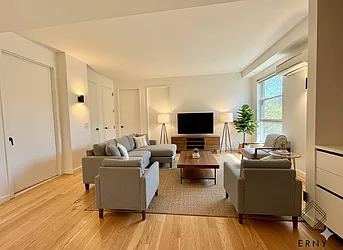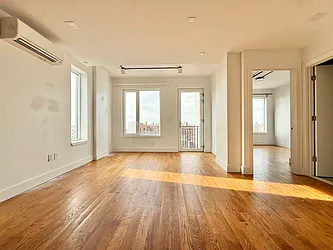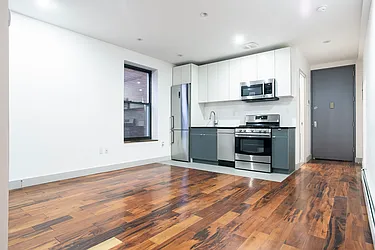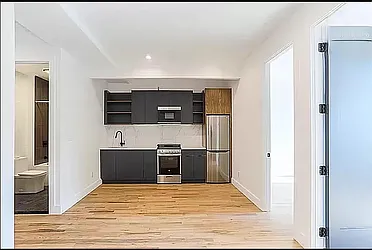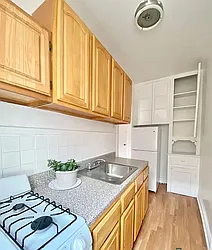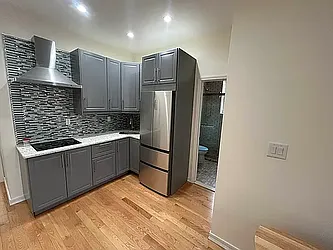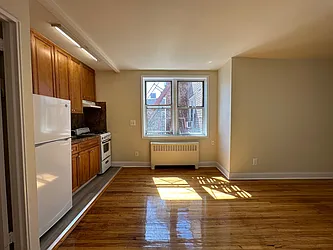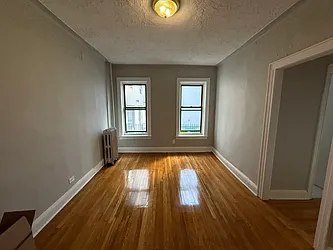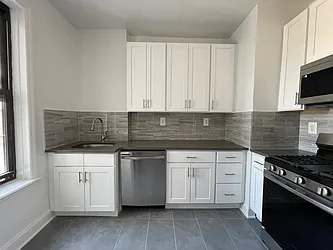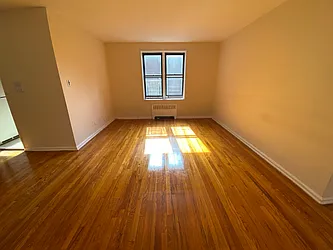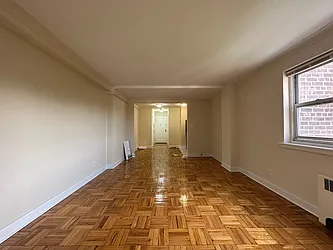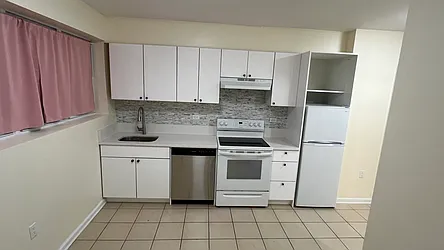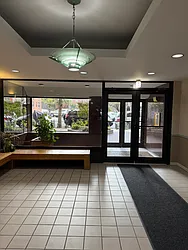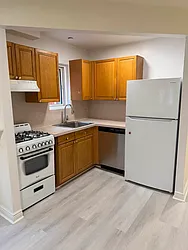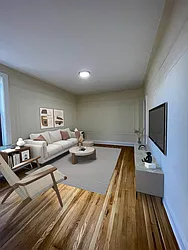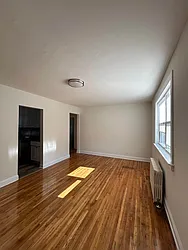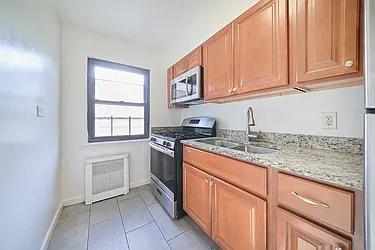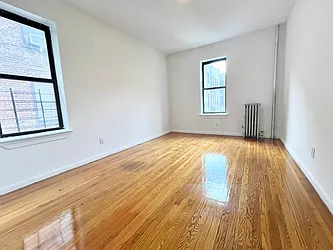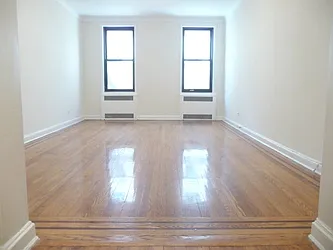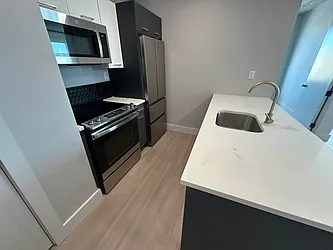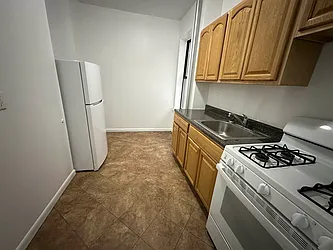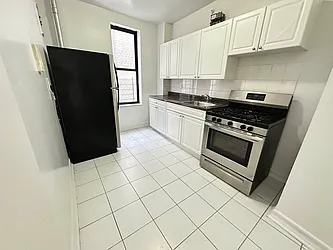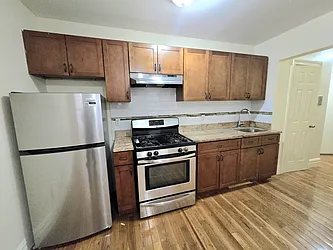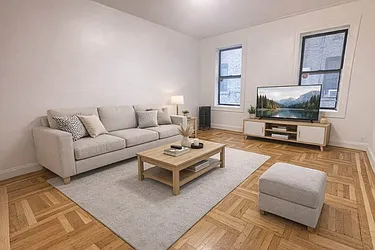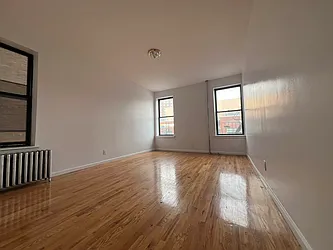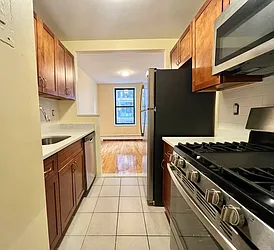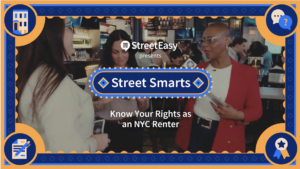Renting in NYC: The Ultimate Guide
The federal Housing Choice Voucher (HCV) program, more commonly known as Section 8, was created in 1983 to help low-income, elderly, and disabled people afford private market-rate housing. Participating households receive vouchers that function as a subsidy on a rental unit of their choice.
The New York City Housing Authority (NYCHA) administers the largest Section 8 program in the country, with approximately 85,000 vouchers and over 25,000 property owners participating. According to StreetEasy® data, 12,193 homes were affordable to New Yorkers with Section 8 vouchers in January and February of 2023, equivalent to about 28 percent of the citywide rental inventory. During the same period in 2022 there were 9,361 NYC homes affordable to voucher holders, compared to just 3,859 in 2020.1
If you’re a renter in NYC who uses or may qualify for Section 8 housing vouchers, here’s what you should know about the program, how to apply for assistance, finding an apartment, and your rights as a voucher holder.
What Is the Housing Choice Voucher Program / Section 8?
The federal program provides vouchers to low-income families, the elderly, and people with disabilities to subsidize a rental of their choosing. Eligibility is determined by household size and annual gross income, and is generally limited to those making up to 50% of the area median income.
Typically, participating households pay approximately 30%, but no more than 40% of their adjusted monthly income2 on rent. The government pays the remaining amount directly to the landlord on the household’s behalf.
Manhattan Rentals Under $3,000 on StreetEasy Article continues below
How to Apply for Section 8 Rental Assistance
NYCHA, New York City Housing Preservation & Development (HPD), and New York State Homes and Community Renewal (HCR) run separate voucher assistance programs. The three organizations operate independently and have different eligibility requirements.
Unfortunately, due to exceptionally long waitlists, neither NYCHA nor HCR are currently accepting new applicants. There are some exceptions for specific categories of referrals. HPD only provides vouchers for buildings developed or renovated under certain HPD programs, and to unhoused individuals referred by the Department of Homeless Services or Human Resources Administration. Check each program’s website for updates on any waitlist reopenings or eligibility changes.
Brooklyn Rentals Under $3,000 on StreetEasy Article continues below
Know Your Rights: Landlords Can’t Refuse Section 8 Housing Vouchers
Before you start your apartment search, it’s essential to know that it’s illegal for landlords to discriminate against tenants based on how they pay their rent, including with Housing Choice vouchers, so long as their income source is lawful. If you encounter housing discrimination based on your source of income, you can report the incident through various city and state channels.
“Understand that source of income discrimination is illegal. Never think that you shouldn’t apply to an apartment because it’s too nice or says something in the description like ‘no programs.’ You have the right to apply to any apartment in your price range.”
Joe Loonam, Housing Campaign Coordinator, VOCAL-NY
That said, there are a few exemptions to source of income laws that apply to landlords and tenants in NYC, such as owner-occupied one and two-family homes, and rooms in owner-occupied units. See NYC’s Human Rights Law as well as the New York State Human Rights Law for more information.
Queens Rentals Under $3,000 on StreetEasy Article continues below
Landlords & Tenants Must Follow Section 8 Program Rules & Regulations
All subsidized apartments in NYC must meet the Section 8 program’s minimum Housing Quality Standards (HQS). NYCHA will perform an HQS inspection before a tenant moves into a unit, as well as reinspections on a regular basis.
As a tenant, you must follow all Section 8 program requirements, rules, and regulations. These include allowing HQS inspections and any necessary repairs, completing your annual program recertification, and reporting any family changes on a timely basis. Likewise, tenants who hold Section 8 vouchers have the same responsibilities as tenants without vouchers, and are required to sign a lease, abide by the terms of their lease, and pay rent on time.
Bronx Rentals Under $3,000 on StreetEasy Article continues below
Tips for Finding an Apartment as a Voucher Holder
Searching for an apartment can be daunting, especially if you’ll be using vouchers to pay the rent. Here are some tips to maximize your home search as a voucher holder.
- Treat it like a job interview. “When you go to see the apartment, make sure you present the best version of yourself,” says Essy Community Champion winner and real estate agent Darlene Brown.
- Bring all your paperwork to showings. “When you see a unit, have all of your paperwork and vouchers ready,” adds Brown. “This will make the process smoother and show that you’re an organized person.”
- Search for listings using our price filters. On StreetEasy, you can search for apartments based on a price range or maximum monthly rent. Let’s say you have a voucher for a one-bedroom with an allowance, or payment standard, of $2,700. Just go to our rental search site, put in $2,700 for the maximum rent (or choose a range), and select the number of bedrooms (1) to see what’s available.
- Document all correspondence. Although it is illegal, housing voucher discrimination happens. That’s why it’s important to document all your exchanges with brokers and landlords — think email and text messages — so you can prove discrimination if need be. Take screenshots of any digital interactions, and also save any physical paperwork that backs up your case.
- Avoid Section 8 voucher scams. In your search, you may encounter fake voucher scams promising to sell or transfer Section 8 vouchers for a fee. Do not engage. Individuals and private companies cannot transfer or sell vouchers.
Bonus Tip: Do you have a broker you like and trust? Continue working with them. While they may not have the perfect apartment for you right now, they might in the future, and you’ll want to be in touch with them if and when it becomes available.
Best of luck in your search!
More on Fair Housing
1 Our methodology is based on the Housing Choice Voucher payment standards published by NYC Housing Preservation and Development (HPD), which define the maximum amount of subsidy the city will pay in a particular zip code depending on the number of bedrooms. In this context, we define an “affordable home” as any rental property with asking rents less than or equal to the payment standards provided by HPD. To expand housing opportunities for voucher holders, HPD sets exception payment standards in zip codes that are traditionally more expensive to allow the subsidies to more closely match local markets. In these areas, we used exception payment standards according to the HPD policy. Some voucher holders can afford more than the payment standard with additional income. They are permitted to pay out of pocket to rent a home with asking rents above the payment standard or exception payment standard. However, HPD does not allow the tenants to spend more than 40% of their income. In our analysis, we assume voucher holders rely entirely on the subsidy. Therefore, the actual number of voucher-affordable apartments in NYC will be somewhat larger than what’s included in this analysis.
2 Monthly taxable income minus allowable deductions per the Internal Revenue Service.


